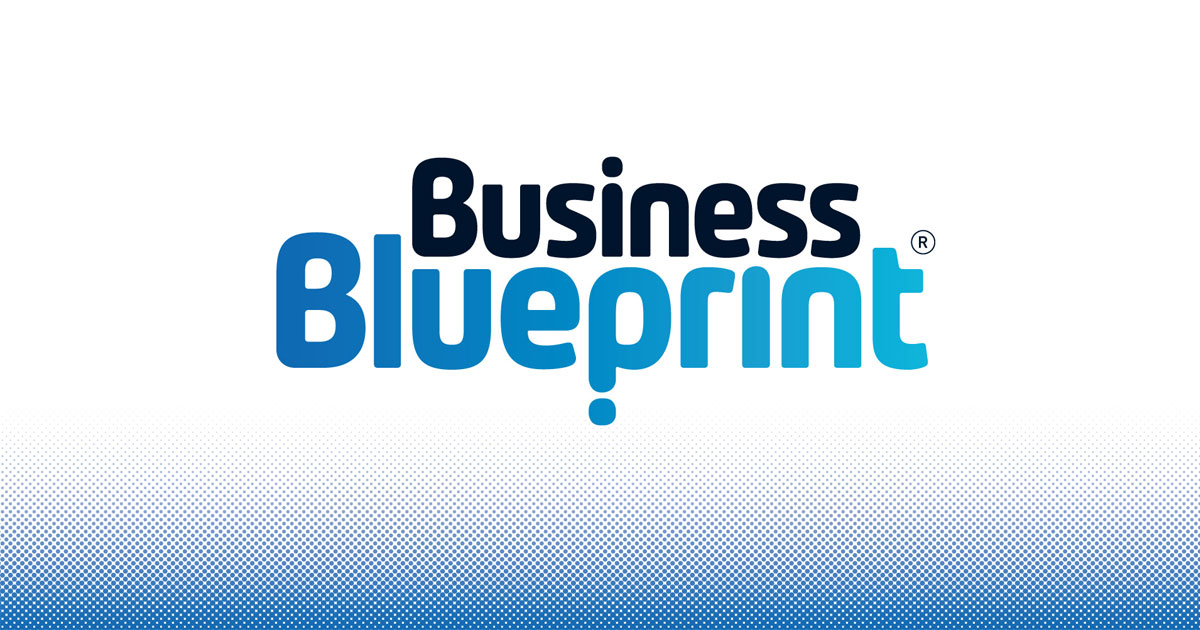Have you been stuck in one way of marketing and too scared to try new things towards achieving some type of successful marketing? It’s time to take that step and delve even further into the realm of marketing. Malcolm Auld talks to Dale Beaumont in this snippet of an interview and shares important and relevant information on the two methods of successful marketing.
Since 1987, Malcolm has worked in the US, Asia and Australia running advertising agencies for Ogilvy & Mather Direct, J Walter Thompson, Euro RSCG Partnership and his own agency, Malcolm Auld Direct (MAD). He is also the principal of The Marketing Campus.
What is the most important thing you have learnt about successful marketing?
The purpose of business is not to make money, it is to make and keep customers profitably. You cannot make money without first having customers – if anyone knows how to do this (apart from through having a share portfolio) then I’d like to join your company. The role of marketing is to find out what your customers want and deliver it to them. So you design your business to profitably deliver what customers want.
There are two ways of marketing:
- The direct way – this is where you deal directly with customers or they respond directly to you. This involves a financial transaction or an exchange of information. The marketer controls the whole process and is typically a direct marketer or retailer. The direct marketing process is as much about distribution as it is about branding and sales. Direct marketing is the hardest thing to do in marketing because you are trying to get the customer to do what you want them to do, when you want them to do it. That requires specialist skills.
- The indirect way – this is known as mass marketing and is where a marketer runs advertising to reach as many potential customers as possible with one message. The advertising is designed to reinforce a proposition about a brand in the mind of the customer, so that when the customer is in the market to buy, they will consider the advertised brand. This type of advertising is referred to as ‘brand’ advertising and is easier to do than direct marketing. In many cases the weight of a media spend has more influence over the outcome than the content of the message.
Successful marketers understand the different ways of marketing and when to apply them. They also understand customers. You’ll hear some marketers refer to above- or below-the-line advertising. I’ve researched thousands of customers and none of them have a clue what marketers are talking about. For example, customers don’t look at a brand advertisement on television and react with ‘That’s above-the-line advertising, I feel emotional about that brand’, or view an email message and react with ‘That’s a below-the-line message, I have no emotion for that brand’. Every paid or unpaid message a customer is exposed to is a brand message – all part of the flim-flam of advertising they see every day. Advertisements are rarely important in a customer’s life and they give them very little consideration. Successful marketers know that brands are rarely built by advertising alone. They understand that the way the phone is answered can impact a brand more than how the brand is advertised. These marketers have ‘customer contact strategies’ that map all the points of contact a customer has with their company and brands. These points of contact are known as ‘moments of truth’ and each has different levels of impact on a customer’s experience with a brand. The marketing budget is invested to leverage the moments of truth to the most profitable outcome for the customer and the marketer.
The rise of the internet means that direct marketing is being used increasingly, because advertising on websites generates immediately measurable responses from individuals. Consequently there is a shortage of talent in the marketing world, so if you are looking for a career, look to direct marketing on the internet.
For more of this interview check out Dale’s “Secrets of Marketing Experts Exposed!“.


